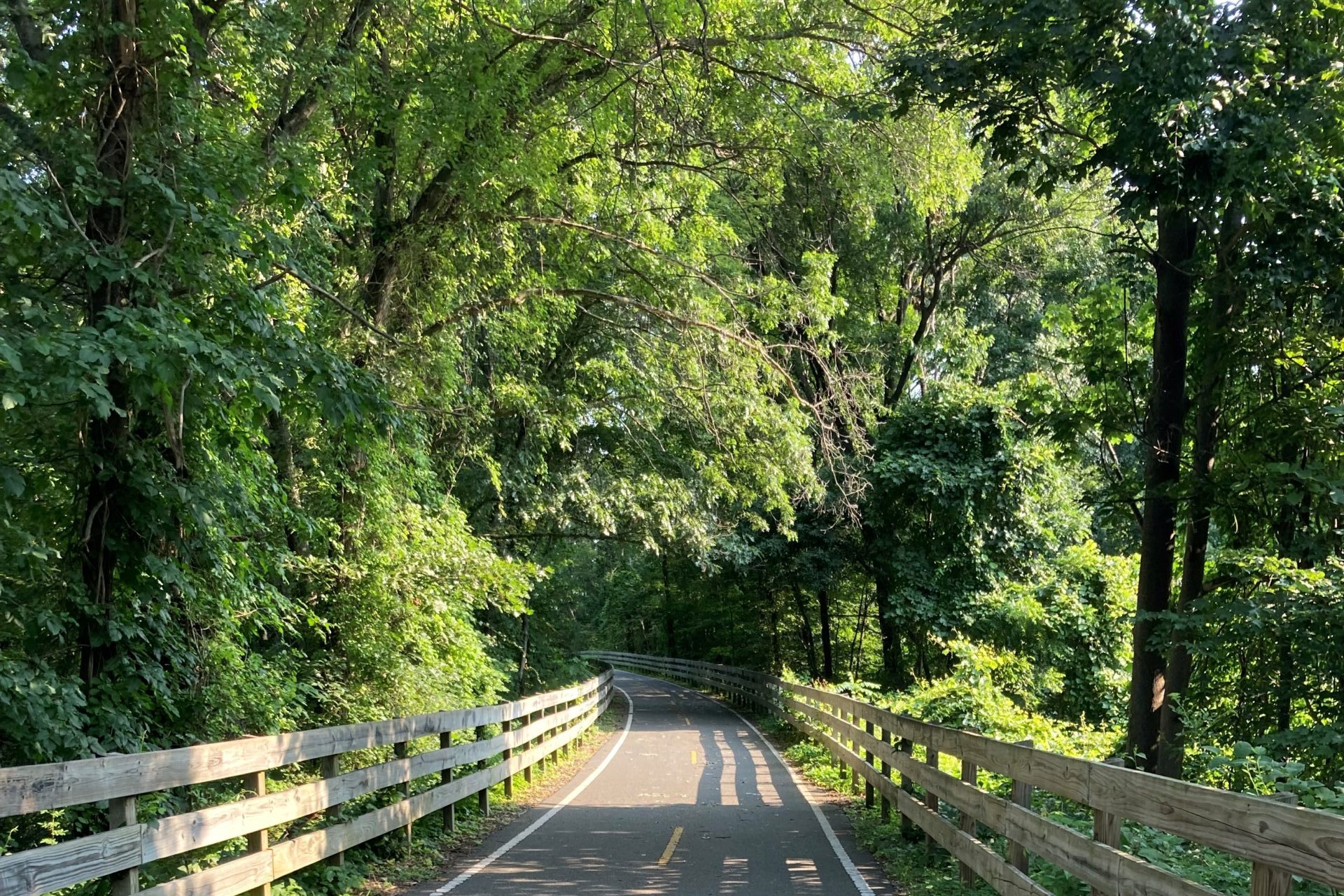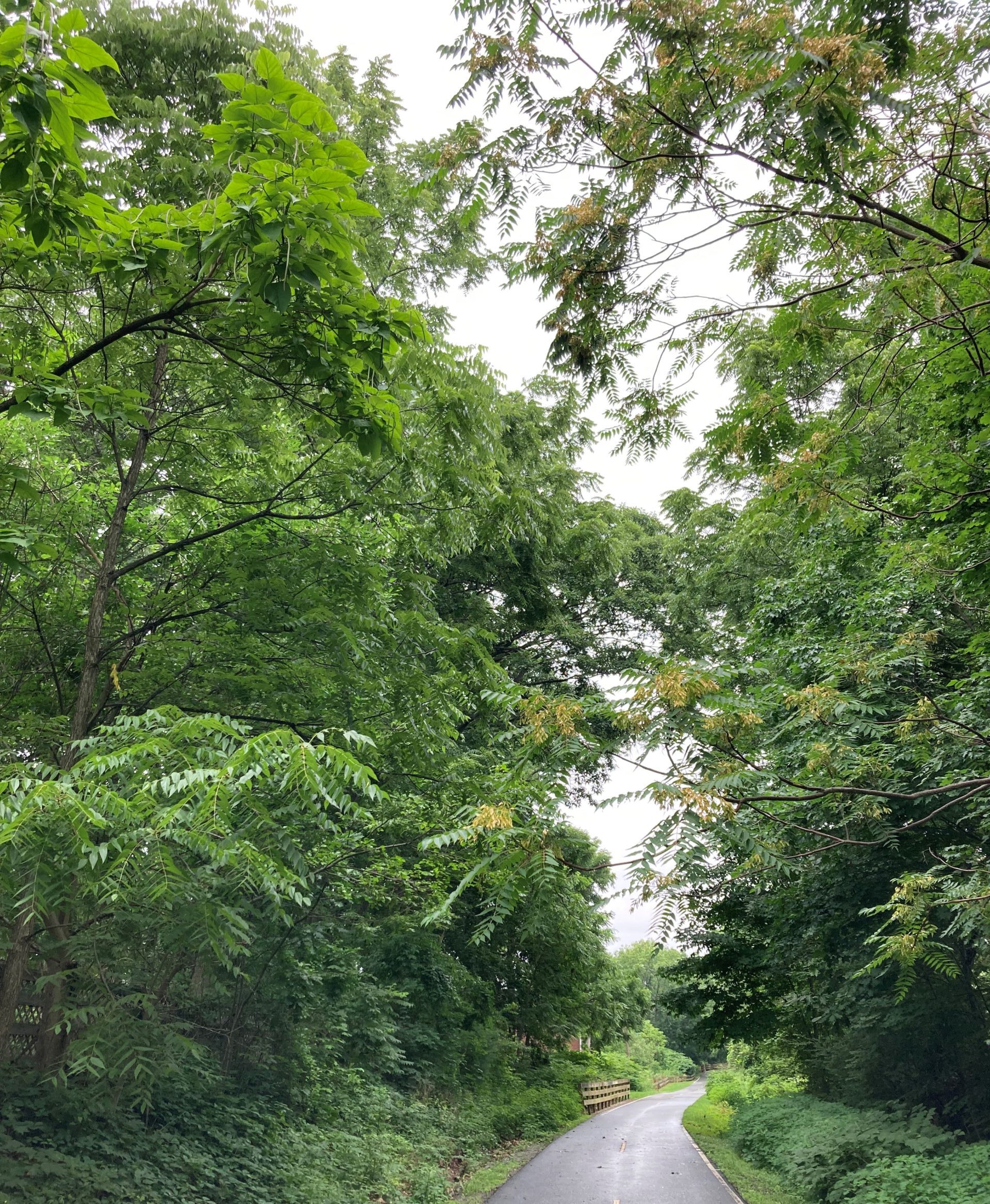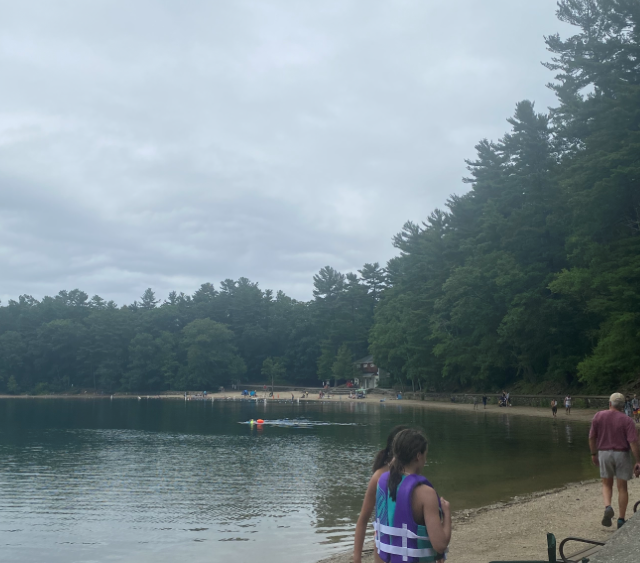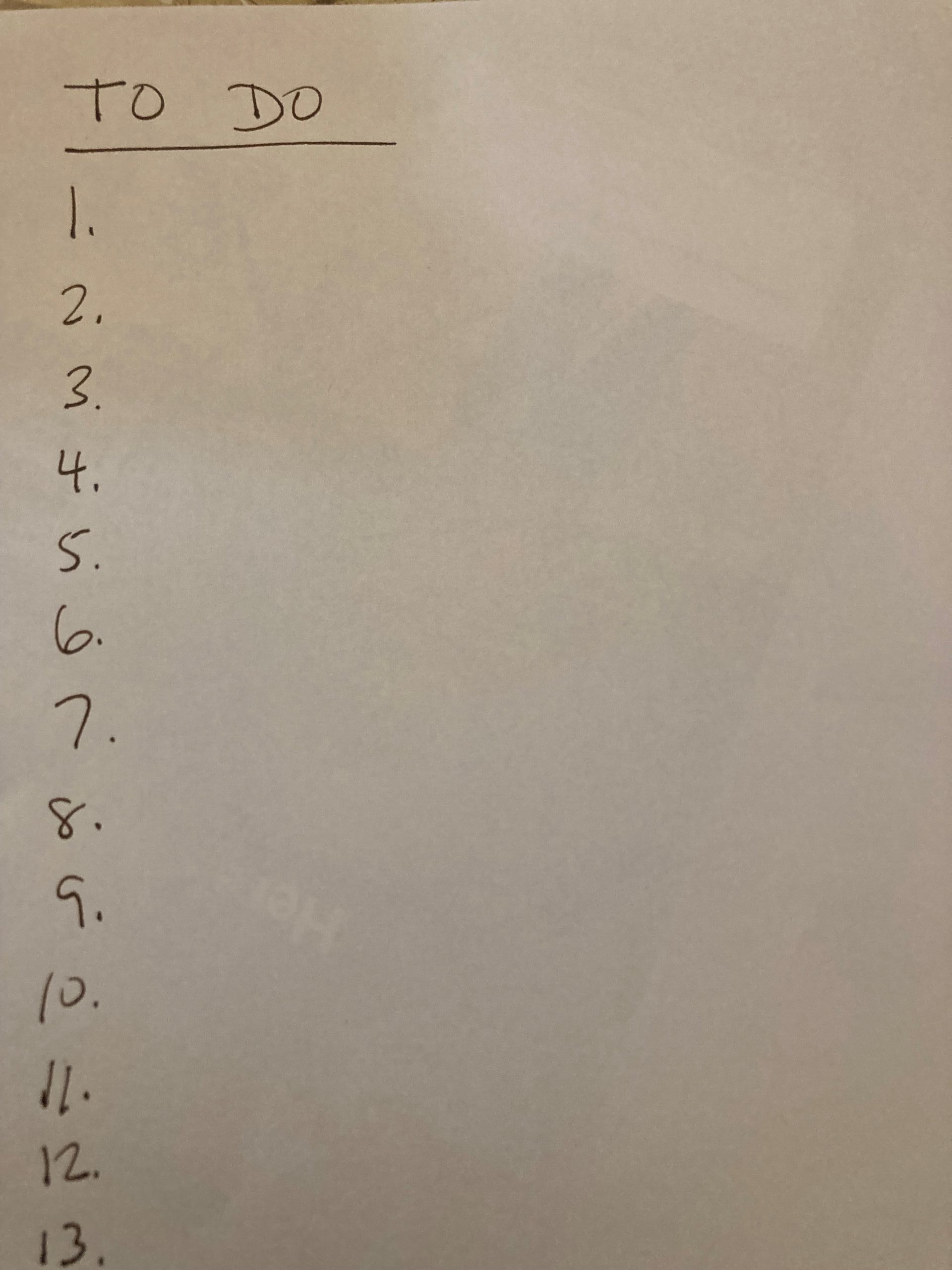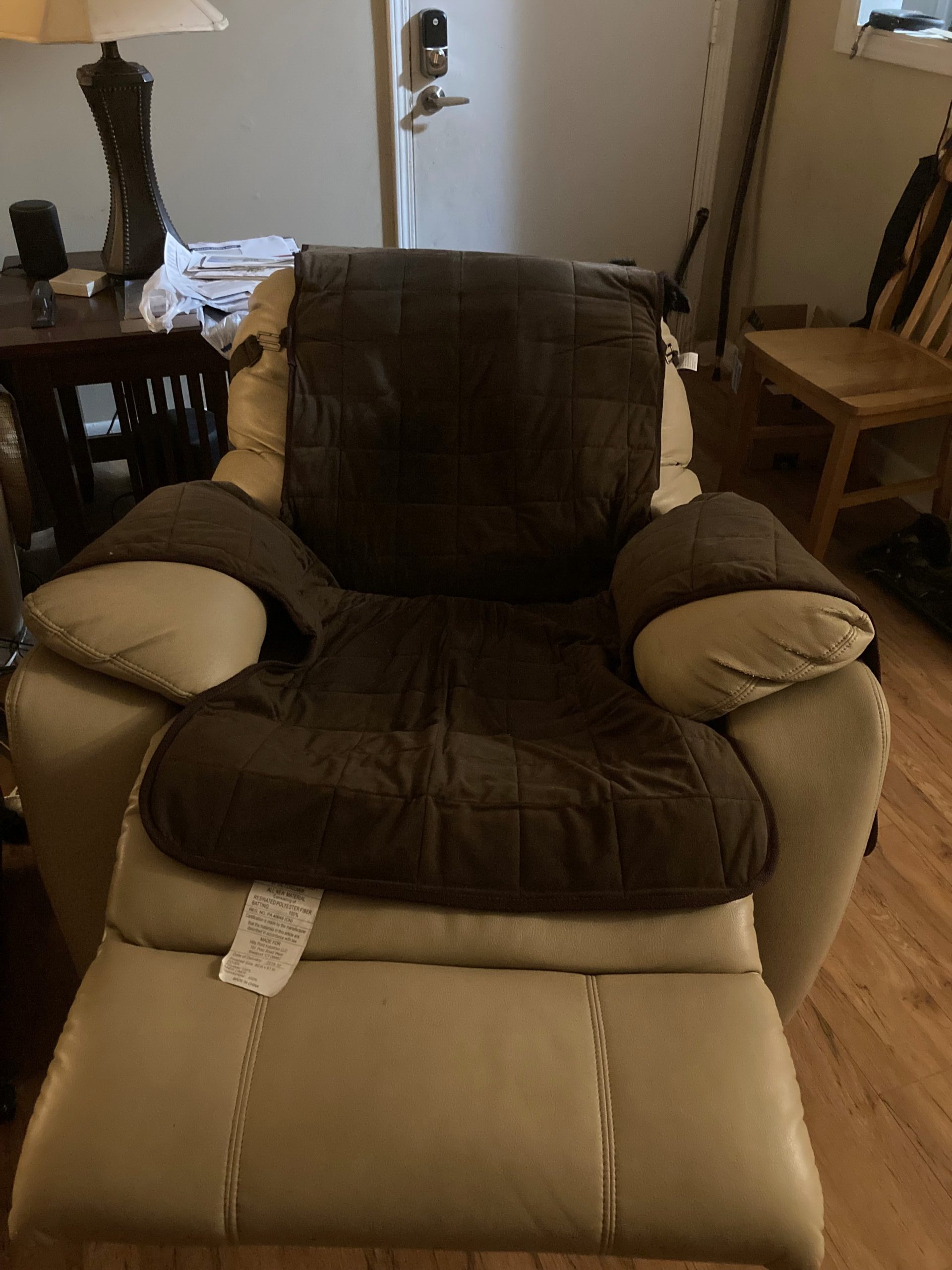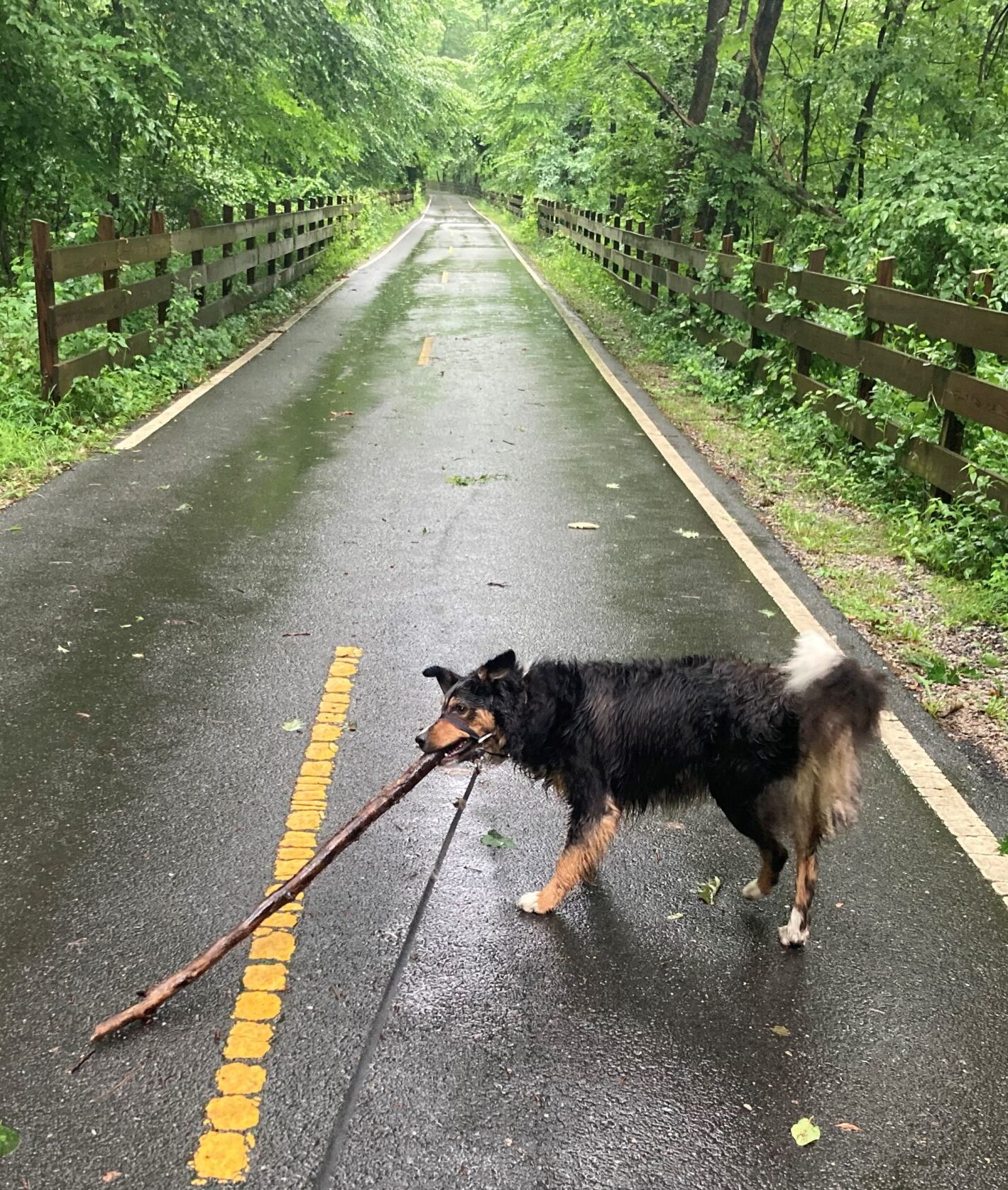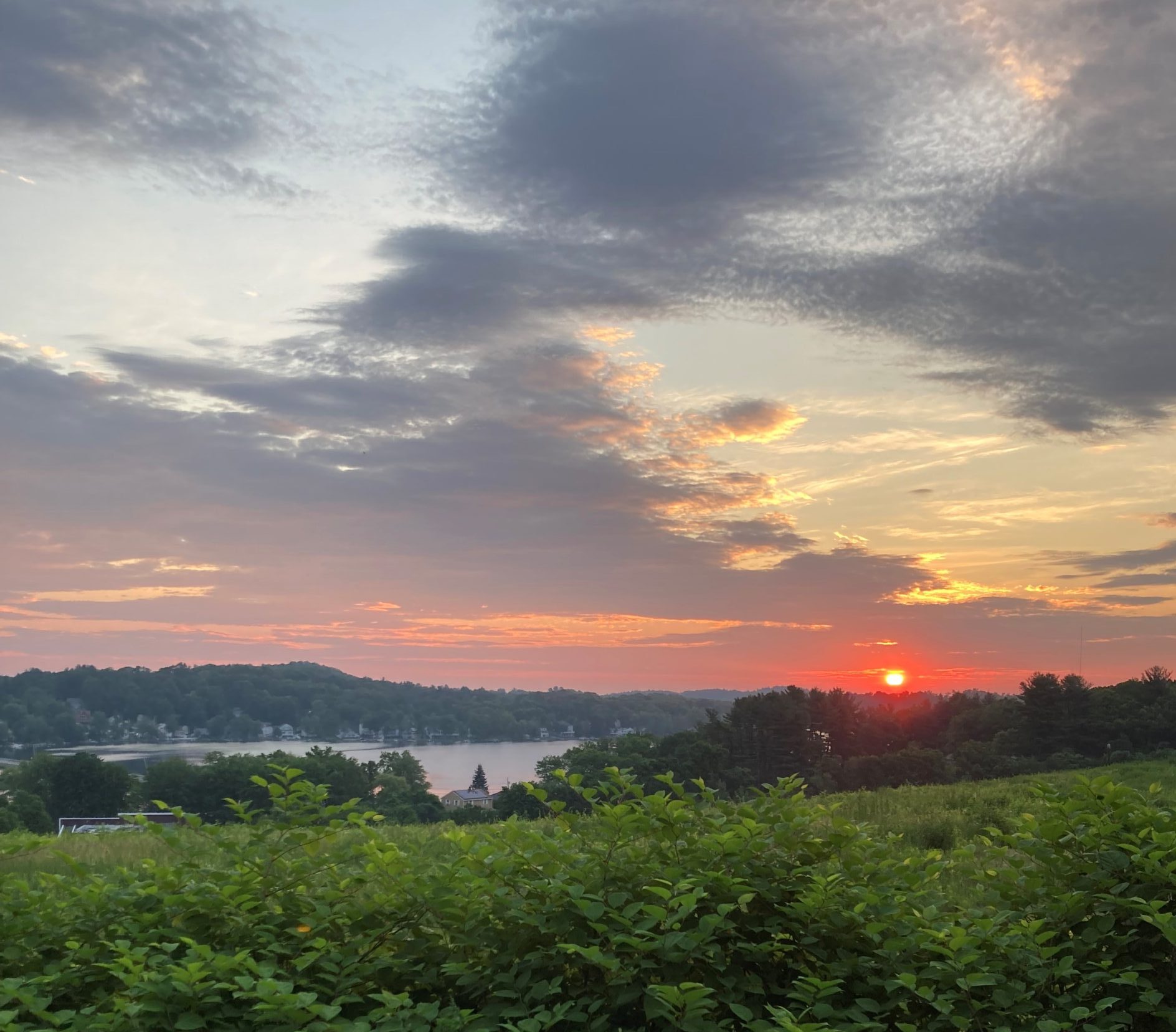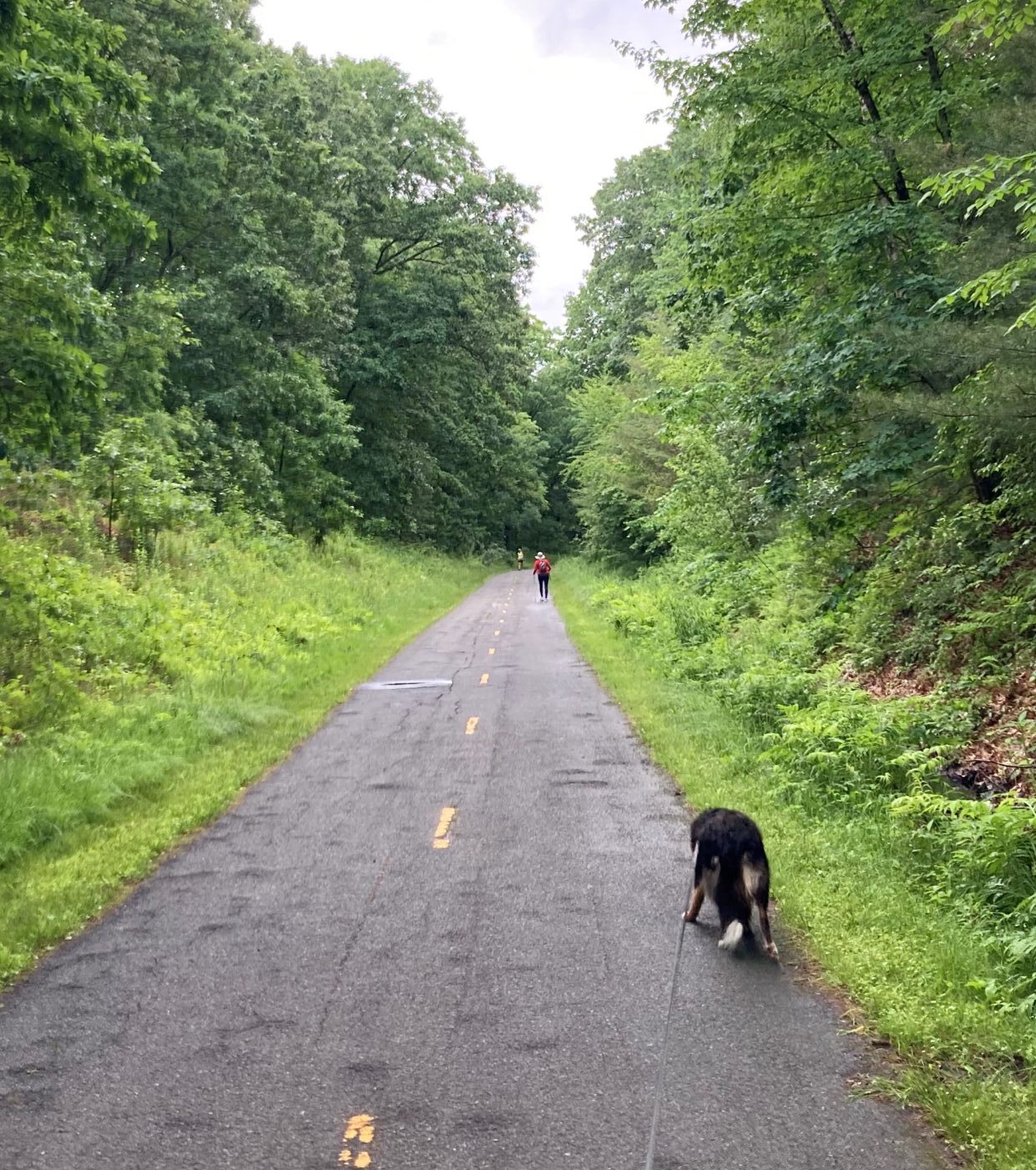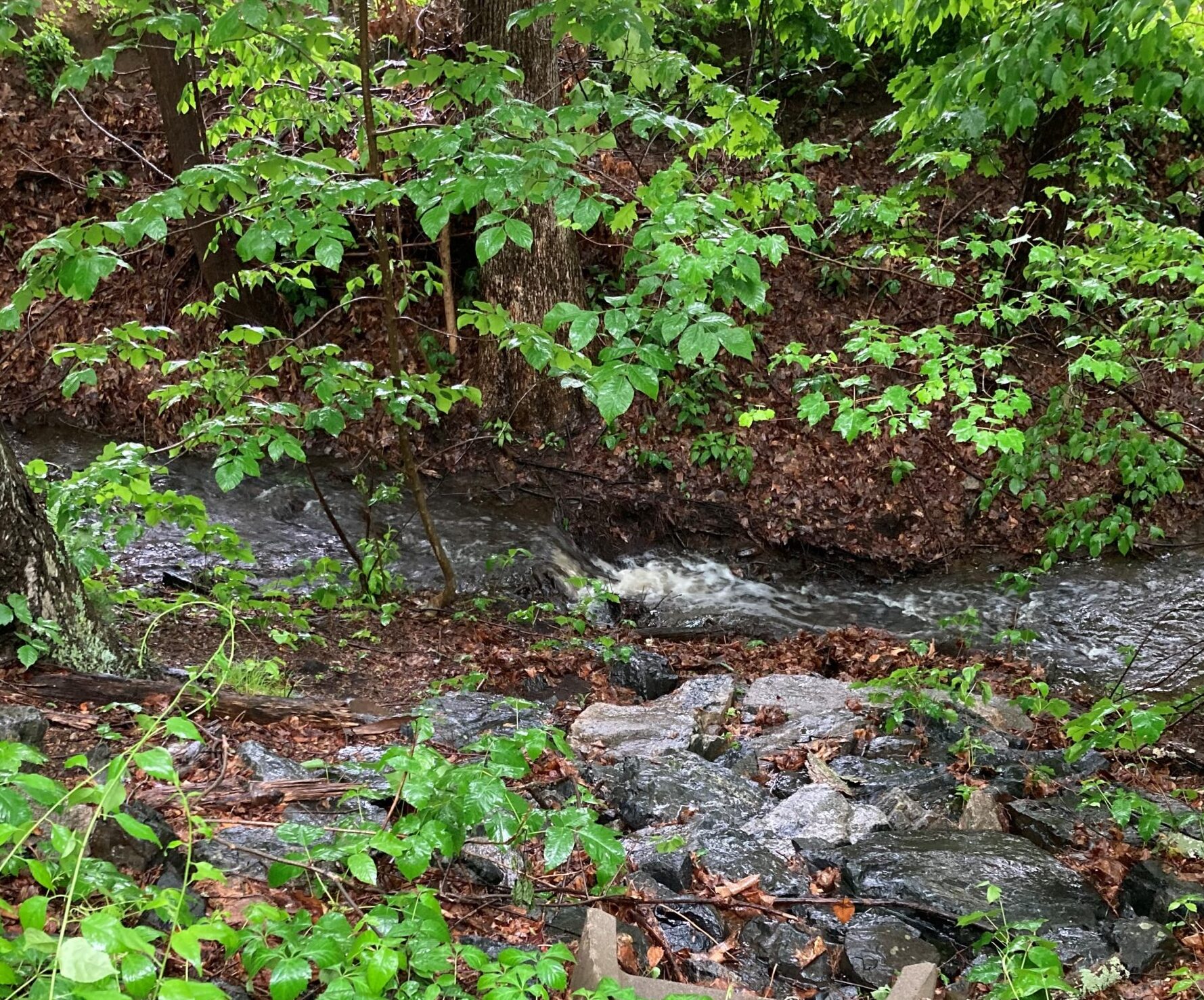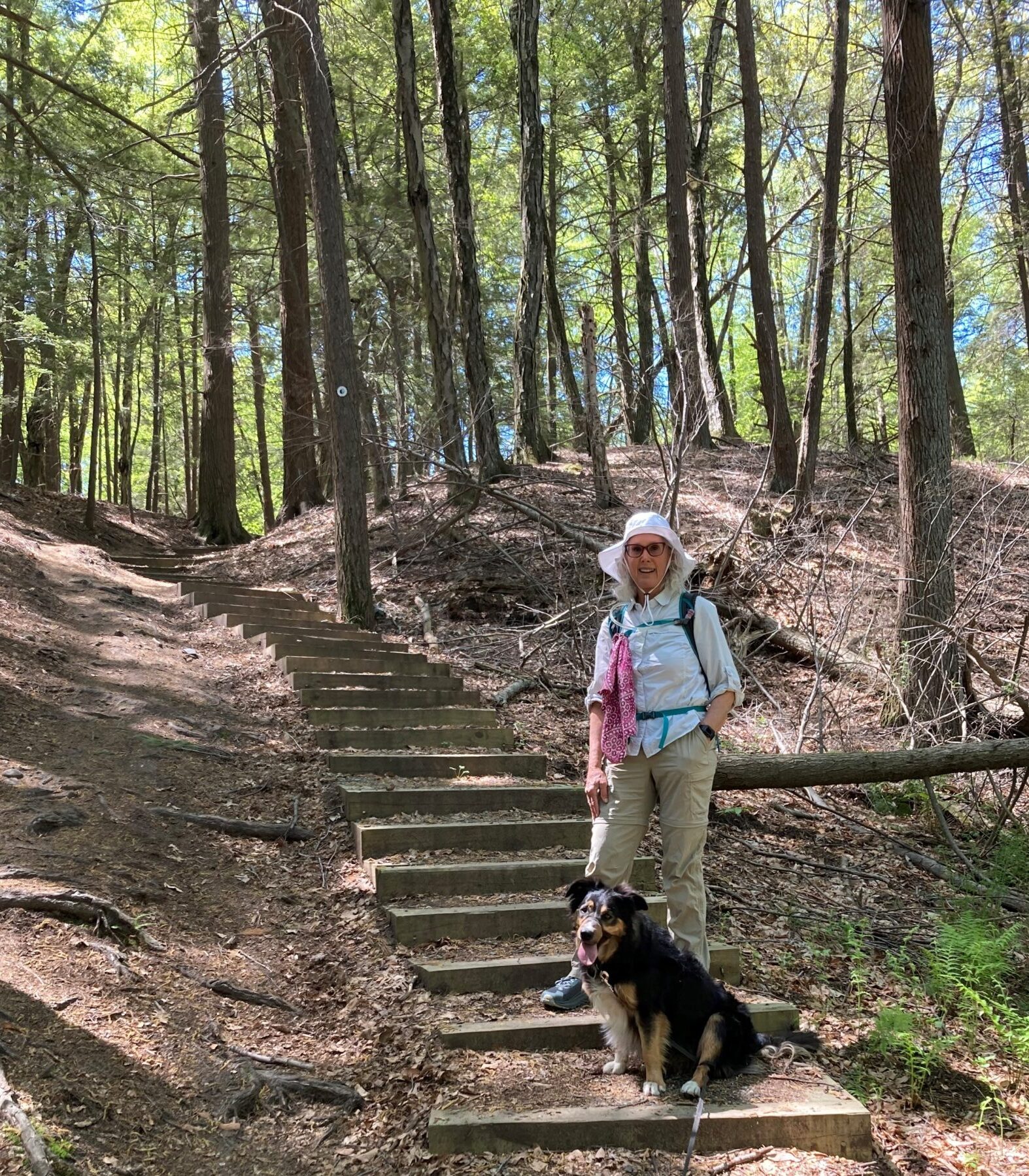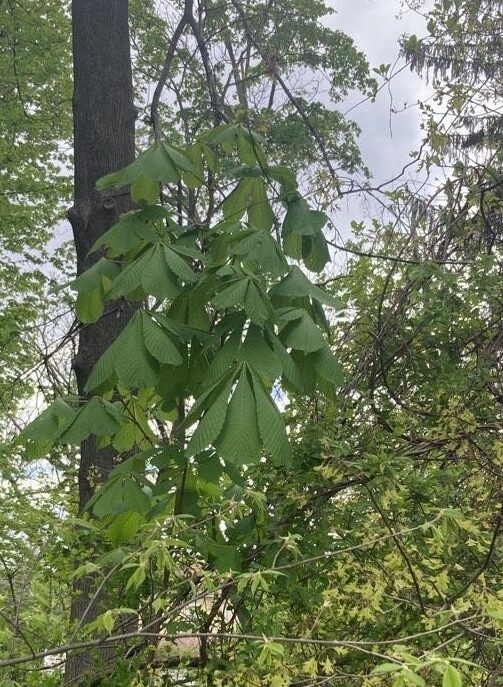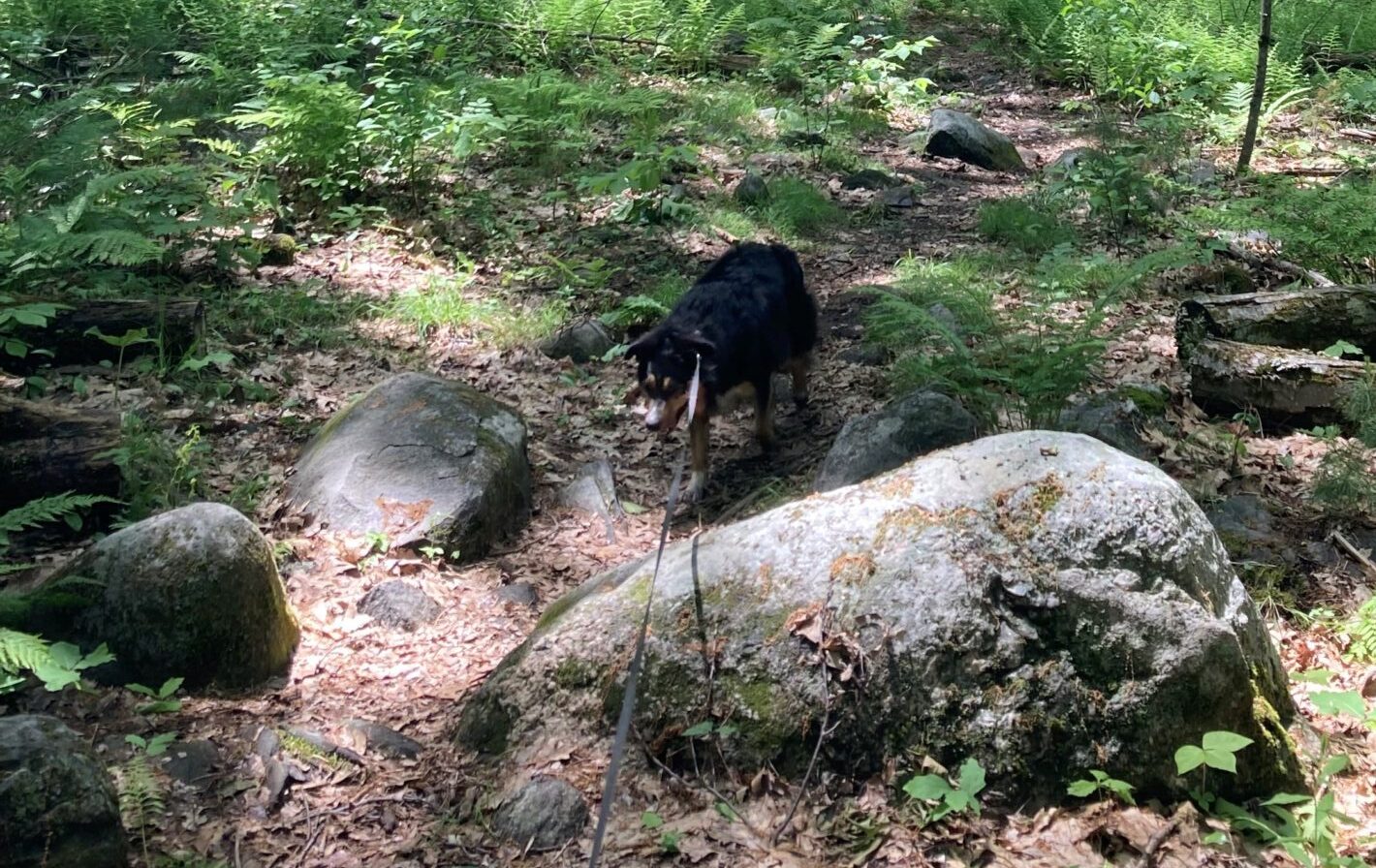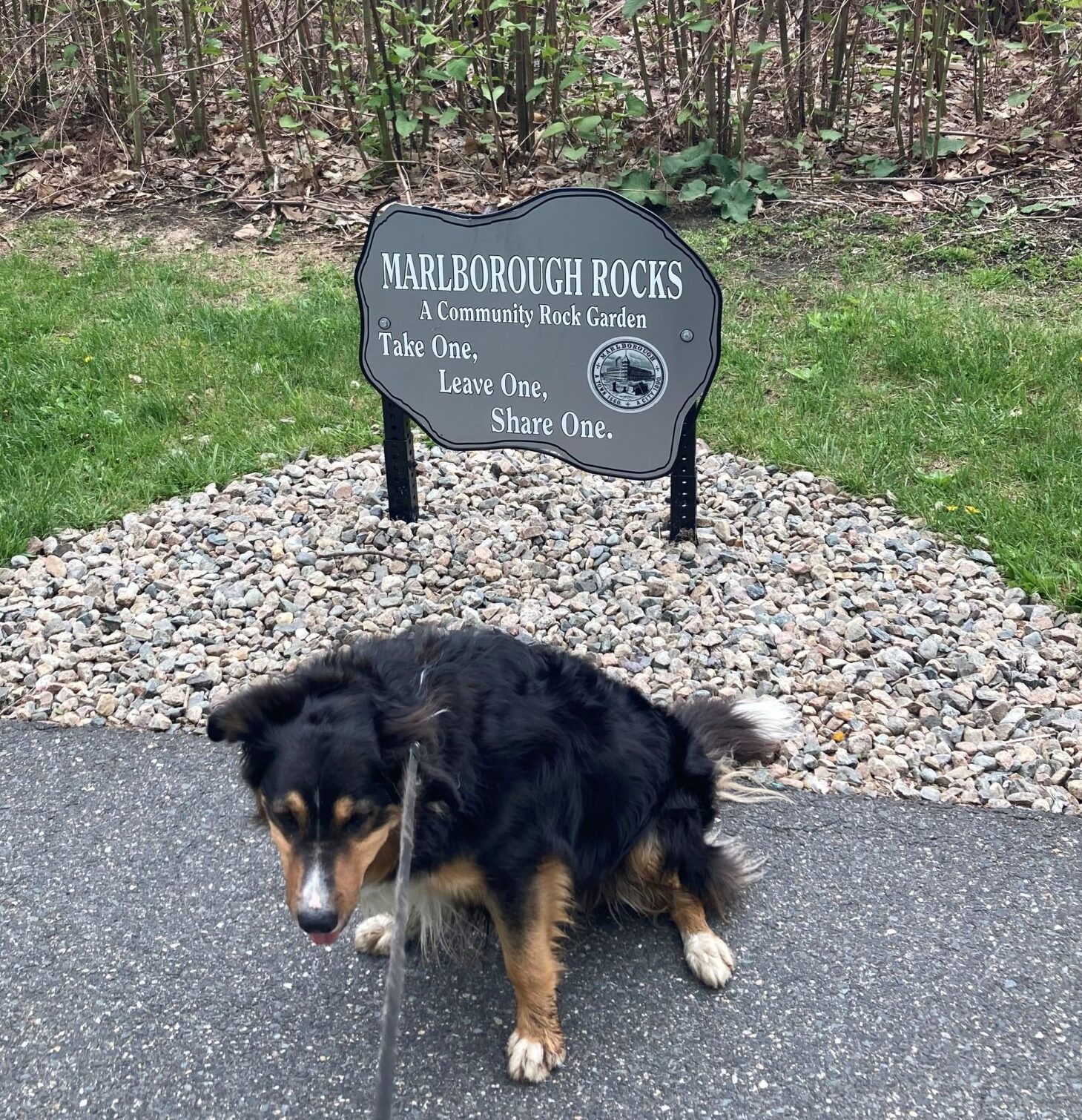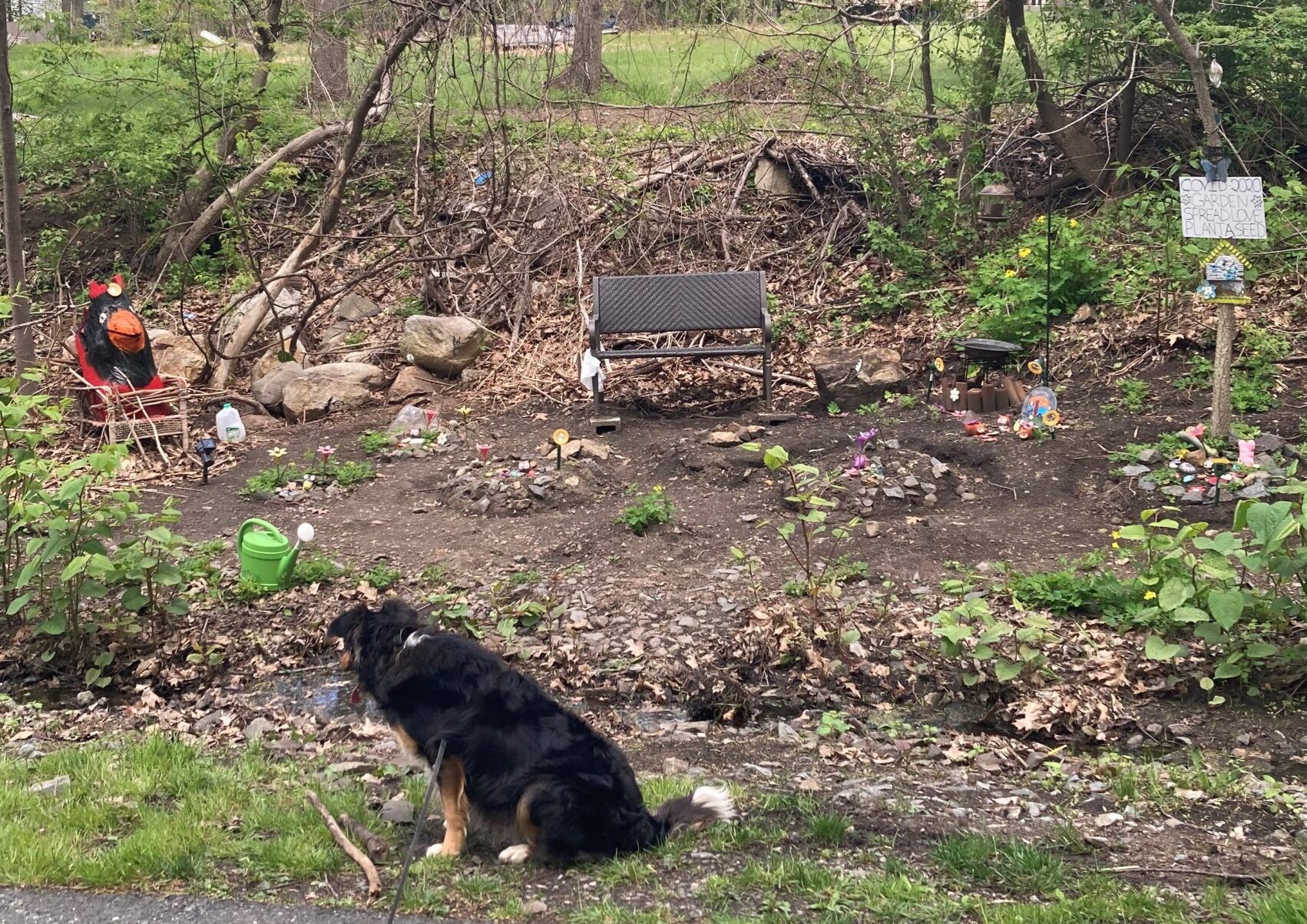What do trees say when there is no danger and they feel content?
-Monica Gagliano
It’s early morning again, and Waldo and I are out, trying to beat the heat of midday. The sun is up, but not by much. The oaks, maples, birches, white pine, aspen, hickory and many other species, tower above us and provide long and wide shadows that protect us from direct sunlight. Their leaves block the brightest light of the sun and leave behind gentle and cool air to relish as we walk between bright patches where the light penetrates the forest canopy. Leaves whisper in the light breeze and shimmer and shudder as the wind tickles them on its way along the land. When it’s hot, even Waldo dashes through the sunny spots, then slows and sniffs about in the shade. I purposely change my course to make sure that I spend as much time as possible in shadow as I walk.
It used to be thought that trees are immobile, relatively static, solitary things. Recent studies show that this is not so. In fact, all the trees of a forest form a community, even among members of different species. What we see is what is above ground, but the real action is underground. Through their roots, trees are able to not only communicate with each other, they are able to share resources to support the community as a whole. Older established trees share the sugar generated in their leaves by photosynthesis with younger saplings who don’t have the ability to tap into the available resources, like nutrients and water, as well as they can. They communicate with one another and share distress signals about drought and disease. And they do it all without a nervous system like that of animals.
How do they do it? Through their roots and a symbiotic relationship with fungi. The fungi have what are called micorrhizal networks, fine hair-like filaments that interact with the tiniest parts of tree roots. The fungi consume about thirty percent of the nutrients generated by the trees in photosynthesis and, in return, they provide the trees with minerals, like nitrogen and phosphorus compounds, that they scavenge from the soil. Young trees that are shaded by their big brothers who are well established, can’t generate what they need by photosynthesis because they aren’t tall enough to compete for the available sunshine. They survive to grow big enough to claim their day in the sun only because these fungi help deliver nutrients generated by the bigger trees through a complicated interconnected system of roots. They even communicate, without nerves, electrical signals to one another. They also exchange hormonal and other chemical signals. There is some evidence that they even generate and receive sound signals in their roots systems.
There is some communication above ground as well. In Africa, acacia trees give off a gas when they are injured by grazing giraffes. Other acacia trees sense this gas and pump tannins into their leaves that can make the giraffes sick. They fight back as a community! There are also ways that the forest can battle damage done by insects and browsing deer. And they do it all without a brain.
Some of these ideas may be familiar to anyone who watched the movie “Avatar.” Scientists in the story were studying how plants communicate with each other and even animals on an alien planet. The basic ideas are not alien to this planet. I suspect that James Cameron and the scriptwriters were well aware of what is going on with trees and incorporated this knowledge into the film. It made for a very entertaining, and if you pay attention, even educational movie.
Thinking about all this as I walk down the trail in the soft morning light, I realize that I am invading a home built and maintained by other creatures. Worse, I am doing it mindlessly, without thinking about or appreciating the impact of my transgression. I do try to limit the effect of our passing, Waldo’s and mine, by picking up what he deposits and not leaving trash behind, but I give little thought to the other ways I may be impacting the forest I enjoy. That is something that I should change. My interest in identifying the plants and animals along the rail-trail, in order to make it easier to be in the moment, has taken on a whole new dimension.
I need to go hug a tree. It just may have a response I never would have guessed.


